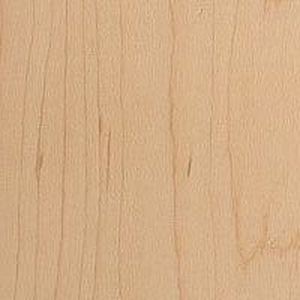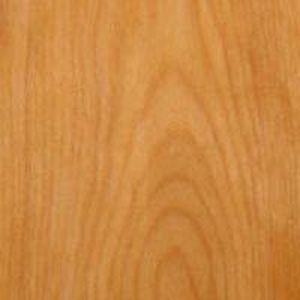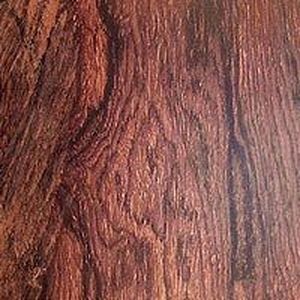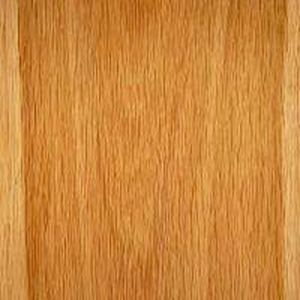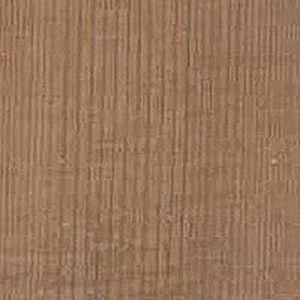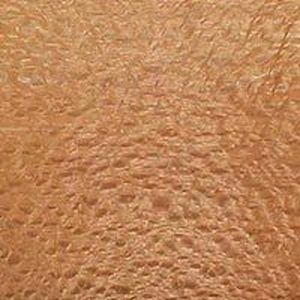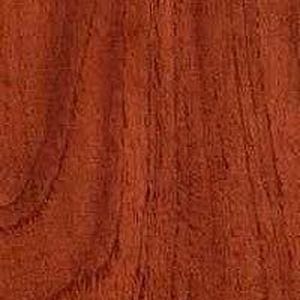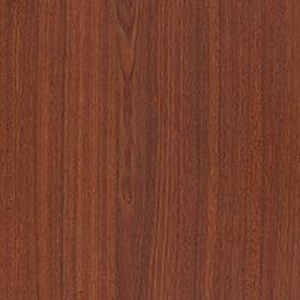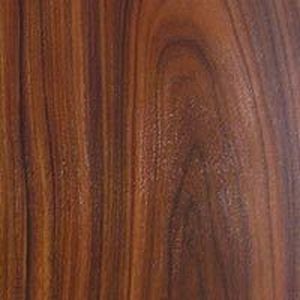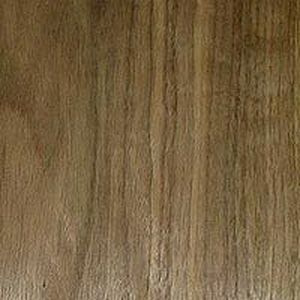6. Guitar woods: An Overview
Guitar woods: An Overview
The choice of wood is paramount in the realm of acoustic guitars, often holding more significance than for any other musical instrument. In most cases, the natural beauty of wood, with its distinctive grain patterns, is not only visible but celebrated as a design feature of every acoustic guitar. Instead of concealing it with paint, some surfaces are merely oiled or waxed, allowing the wood's character to shine through. A select few models may feature an opaque layer of lacquer, making the quality of the grain all the more crucial. Maple, bubinga, rosewood, wenge, walnut, ash, mahogany, or maple are some of the most popular types of wood used in guitar making, found in the back, sides, top, and neck.
Looks aside, each wood type contributes unique tonal characteristics to the instrument, shaping its sound in a profound way. To help you understand the sound characteristics of each wood, we'll delve into the most important woods and their respective sonic qualities:
Maple
The transparent, clear sound of this tonewood, with its finely articulated highs and lows, excels in every aspect of instrument construction. Thanks to its strength, maple is also the top choice for crafting necks (and fingerboards). Maple tops provide electric guitars with the necessary projection. In the acoustic guitar business, it's often used for crafting the tops of flattop guitars. Here, it delivers clear, precisely defined highs and softly growling lows.
Maple is also the preferred tonewood for crafting backs and sides.
Birch
Birch is rarely used in contemporary guitar construction. It was different at the beginning of the last century when guitar makers used the wood as a base for crafting the backs and sides of acoustic guitars.
Cocobolo
This wood is a type of rosewood and originates from Central America. Since it has a sound similar to the legendary Brazilian rosewood, it has been steadily gaining popularity in guitar making.

common Ebony
Ebony
Similar to rosewood, this tropical wood is known for its above-average density and strength.
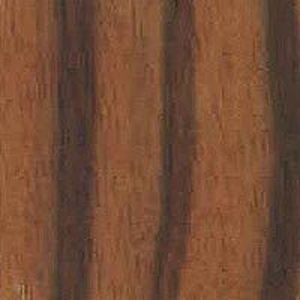
Makassar Ebony
Makassar Ebony
This very expensive wood is primarily used in instruments where price is not a concern. In guitars and basses, this hard wood is often used for crafting fingerboards. More expensive acoustic and jazz guitars frequently feature bridges made from this dark, precious wood.
Oak
Oak is rarely used in contemporary guitar construction. It was different at the beginning of the last century when guitar makers used this sturdy wood to craft the backs and sides of acoustic guitars.
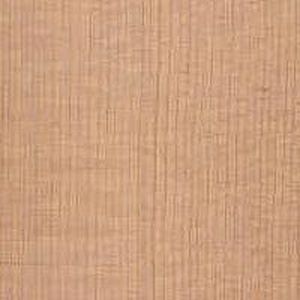
Sitka Spruce
Spruce
Especially in the production of the tops of acoustic guitars, spruce is the top choice. The wood provides a warm, open, and powerful tone and is processed in various quality grades. The most well-known subspecies are Sitka spruce, Engelmann spruce, and Adirondack spruce (Appalachian spruce). Spruce wood (from high mountain regions) is harder compared to cedar wood.
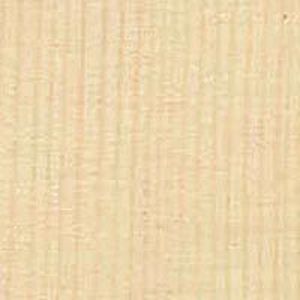
Engelmann Spruce
Master guitars: The spruce top for a master guitar should ideally have fine and evenly spaced grain lines (tight growth rings) or even display the coveted bearclaw figure of European spruce. Its initial sound is quite subdued due to the resin structure and wood moisture. It needs to be played extensively (sometimes over years) in all keys. Well-advised beginners who come into possession of a very fine master guitar with a spruce top should have it played by an experienced guitarist for several months. Only when the guitar is played in properly can the entire harmonic spectrum unfold. Its sound is soft and delicate. It is said to have a soulful sound, meaning that each individual note is distinctly defined. Therefore, its potential for development is exceptional. In addition, an experienced player can develop their sound on such an instrument. The tonal lifespan of a spruce top guitar extends far beyond a hundred years.
An alternative material for the top of master guitars is cedarwood. The tonal differences between the two instruments can be blurred through construction details, as well as the choice of finish and wood for the back, sides, and neck. However, it can be concluded that the voluminous, brilliant power guitar is typically equipped with a cedar top, while the contemplative, resonant, and beautifully sounding guitar has a spruce top.
Cedar
As a top material for acoustic guitars, this wood, softer and more elastic compared to spruce, produces a warm, highly resonant tone and quick responsiveness, making it ideal for classical guitars and steel-string fingerstyle acoustic guitars.
Since cedar is relatively soft wood, it's important to ensure that the thickness of the top is not too thin. It has a somewhat harder, coarser, louder, and more direct sound compared to a spruce top guitar. In contrast to spruce, it requires almost no breaking in; after a relatively short playing period (around 100 hours), its tone is fully developed and mature. It is player-friendly to some extent because even without strenuous effort in proper handling, good tonal qualities are immediately apparent. On the other hand, its tonal development potential and tonal lifespan (about 70 years), due to the wood's structure, are lower.
Koa
This wood originates from Hawaii and is known for its very intense grain patterns. Originally, Koa was exclusively used for making ukuleles and Hawaiian guitars. However, throughout the 20th century, more and more American guitar manufacturers discovered the advantages of this exceptional material. Koa produces a very clear, transparent sound with pronounced midrange/high midrange tones.
Lacewood
... grows in Australia and Central and South America and delivers a voluminous, nuanced sound with quick responsiveness.
Mahogany
One of the most popular and versatile woods in guitar construction. It provides a sustain-rich, warm, and balanced tone with subtle highs and singing overtones.
Nato
This mahogany subspecies comes with similar properties to its more well-known relative.
Rosewood
Just like ebony, rosewood boasts extreme density and strength. Its resulting durability makes it particularly suitable for crafting fingerboards and bridges (e.g., in acoustic guitars). In acoustic guitar construction, the tonal qualities of rosewood are highly sought after. It is primarily used for crafting backs and sides, delivering powerful bass and brilliant overtones.
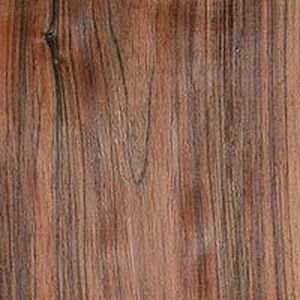
Brasilian Rosewood
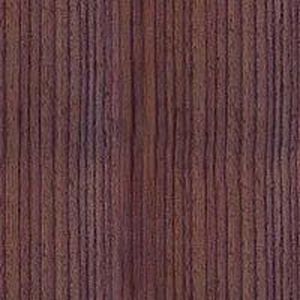
Indian Rosewood
INFO: Twenty years ago, Brasilian Rosewood was already rare and expensive. Nowadays, the tree population has decreased to such an extent that Brazilian Rosewood is protected under the CITES agreement and is subsequently no longer freely available. Only wood from trees felled before the cutoff date of July 11, 1992, can be exported or processed. Indian rosewood is usually processed as a nearly equivalent (and significantly more affordable) alternative.
Walnut
Walnut has been steadily gaining popularity in guitar construction in recent years. The wood has an attractive color and provides a very balanced tone, with subtle bass, pronounced mids, and pleasing highs.


